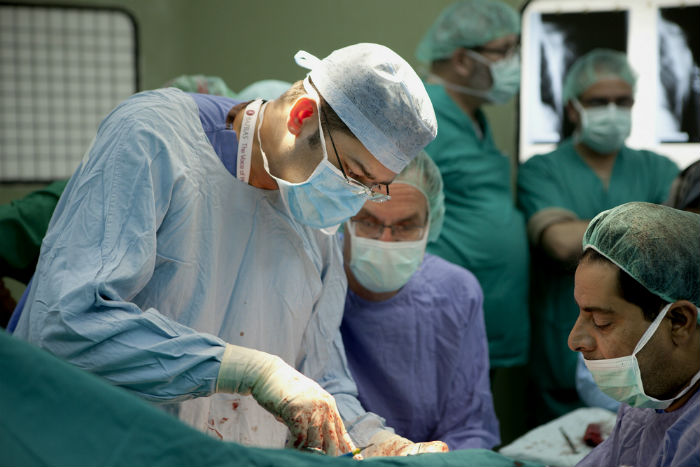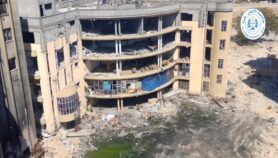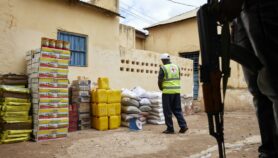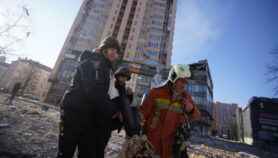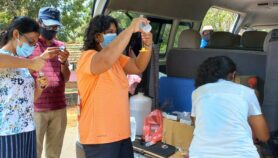By: Imogen Mathers
Send to a friend
The details you provide on this page will not be used to send unsolicited email, and will not be sold to a 3rd party. See privacy policy.
Often it’s the smallest details that have the greatest power to shock. Disaster statistics can bewilder, dehumanise and widen gaps between victim and non-victim, but a human detail can give meaning to numbers, create empathy and so, the logic goes, effect change.
The 2015 photograph of the body of three-year-old Syrian refugee Aylan Kurdi lying on a Turkish shore is a well-known example — but attempts to humanise disaster have been a feature of catastrophe throughout history.
Rarer, though, are instances where a small scientific detail can bring the enormity of a human crisis into sharp focus. At a meeting on the humanitarian and public health crisis in Gaza, held at the United Kingdom’s Royal Society of Medicine on 15 April, there were many such details. But one in particular stood out in its capacity to shock and reveal how much damage in one aspect of Gazan life exacerbates and destabilises another.
One speaker, a consultant orthopaedic surgeon who regularly works in Gaza for a medical charity, was describing limb reconstruction in the Gaza Strip. Post-traumatic limb reconstruction is complex and time-consuming at the best of times, demanding surgery, anaesthesia, physiotherapy and psychotherapy over months, sometimes years, she said.
All too quickly, people forget about these things — but this goes on every single day in Gaza and the West Bank.
Babulal Sethia, Royal Society of Medicine
But in a volatile, conflict-prone region — where an eight-year trade and travel blockade means clinics lack budgets and equipment as well as reliable electricity — it is deeply challenging.
Not only this, but even when clinics receive new surgical instruments, these are swiftly destroyed by factors far outside the control of Gazan surgeons. This is because the water supply in Gaza is so contaminated that many clinics rely on sea water to clean surgical instruments — and “this just corrodes it all”, the surgeon said.
To me, this small detail about the impact of Gaza’s chronic water problem underlined the enormity of the crisis, and the grotesqueness of the global community’s failure to do anything about it. It is well-known that Gaza has a chronic water problem, but the corrosion of equipment is the kind of detail that most outside the public health space would never think about.
It rams home just how little most of us know about the ways different humanitarian crises in Gaza intersect, disrupt and affect every aspect of life there.Ninety per cent of all water in Gaza is classified as “unsuitable for human consumption” — and is contaminated by human faeces spewing from a bombed-out sewage system, fertilisers and pesticides, heavy metals and solid waste. The coastal aquifer is insufficient for Gaza’s growing population of nearly two million, and increasingly contaminated by Mediterranean sea water. Desalination plants exist, but they produce water of vastly variable quality and the journey from plant to household includes numerous opportunities for contamination.
Water contamination causes 25 per cent of diseases in Gaza, including diarrhoea, skin disease, eye problems and gastroenteritis. Researchers at the meeting also spoke of congenital deformities, cerebral palsy, foetal abnormalities and miscarriage.
The blockade makes it very difficult to do rigorous research on these issues and so many others. But what we do know is profoundly shocking — not least because, as Babulal Sethia, president of the Royal Society of Medicine, said: “All too quickly, people forget about these things — but this goes on every single day in Gaza and the West Bank.”


